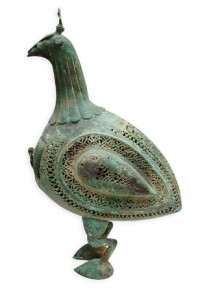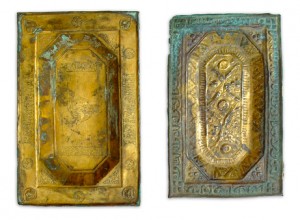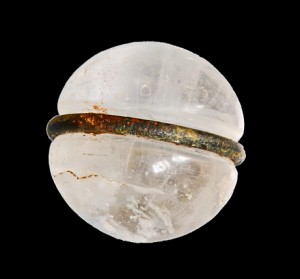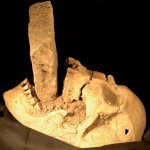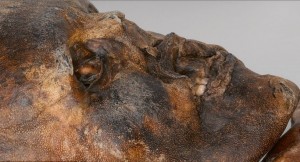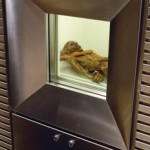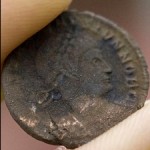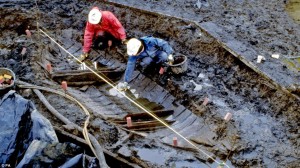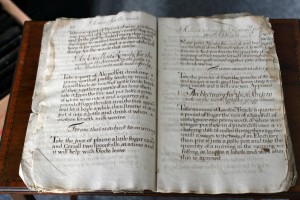 The British government has returned over 1500 artifacts confiscated at Heathrow over the past 6 years to Afghanistan.
The British government has returned over 1500 artifacts confiscated at Heathrow over the past 6 years to Afghanistan.
That’s 3.4 tons of antiquities looted from thousands of archaeological sites all over the country.
The Heathrow collection includes more than 1,500 objects spanning thousands of years of Afghan culture: a 3,000-year-old carved stone head from the Iron Age and hand-cast axe heads, cut rock crystal goblets, and delicate animal carvings from the Bactrian era, another thousand years earlier. The oldest artifacts in the collection include a marble figure of an animal showing similarities to artifacts dating to the Mesolithic and Neolithic periods, dating as far back as 8,000 years.
The collection also contains gilded bronze pieces, coins, and ornately inscribed slabs dating from Afghanistan’s early Islamic period (8th-9th centuries A.D.) and treasures from the Medieval Islamic period (10th-14th centuries A.D.) that serve to replace the decimated collection at the National Museum, which was hit by a rocket in 1993 during the civil war, then repeatedly looted.
The National Museum workers have somehow managed to save 90% of the museum’s holdings — I’ve written about their puts-movies-to-shame heroics before — but that still leaves 70,000 pieces lost.
None of the Heathrow hoard were previously held at the museum. They are all freshly looted directly from archaeological sites and have no trail of ownership whatsoever, but they are going to help plug some of those 70,000 holes.
I leave you with a chilling thought: 3.4 tons of antiquities is just a fraction of what gets stolen from Afghanistan every year. Most of them aren’t intercepted at customs. These artifacts were all found during random searches, so you can imagine it’s a rather hit-and-miss system.
